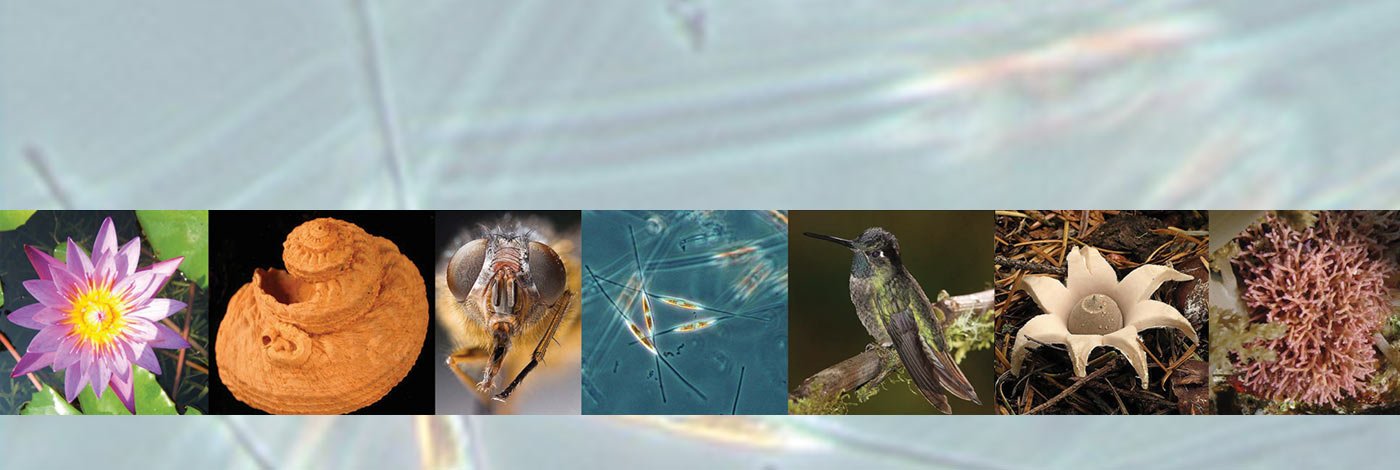

 European Journal of Taxonomy
921 (276) - Pages 276-297
European Journal of Taxonomy
921 (276) - Pages 276-297Previous phylogenetic analyses of the grass-specialist leafhopper tribe Chiasmini have resolved relationships among genera but have included few representatives of individual genera. Here the phylogeny of 20 Chinese species belonging to 8 chiasmine genera was investigated by combining DNA sequence data from two mitochondrial genes (COI, 16S) and two nuclear genes (H3, 28S). In both maximum likelihood (ML) and Bayesian inference (BI) analyses, relationships among genera were largely consistent with prior analyses, with most members of the tribe placed into two sister clades: (Exitianus + Nephotettix) and the remaining five sampled genera. To examine morphology-based species definitions in the taxonomically difficult genus Exitianus Ball, 1929, one mitochondrial gene (COI) and one nuclear gene (ITS2) were used to infer the phylogenetic relationships and status of two common and widespread species and compare the performance of different molecular species-delimitation methods. These analyses divide the included populations into two well-supported clades corresponding to current morphological species concepts but some inconsistencies occurred under the jMOTU, ABGD and bPTP methods depending on the which gene and analytical parameter values were selected. Considering the variable results yielded by methods employing single loci, the BPP method, which combines data from multiple loci, may be more reliable in Exitianus.
jMOTU, ABGD, bPTP, BPP, molecular phylogeny